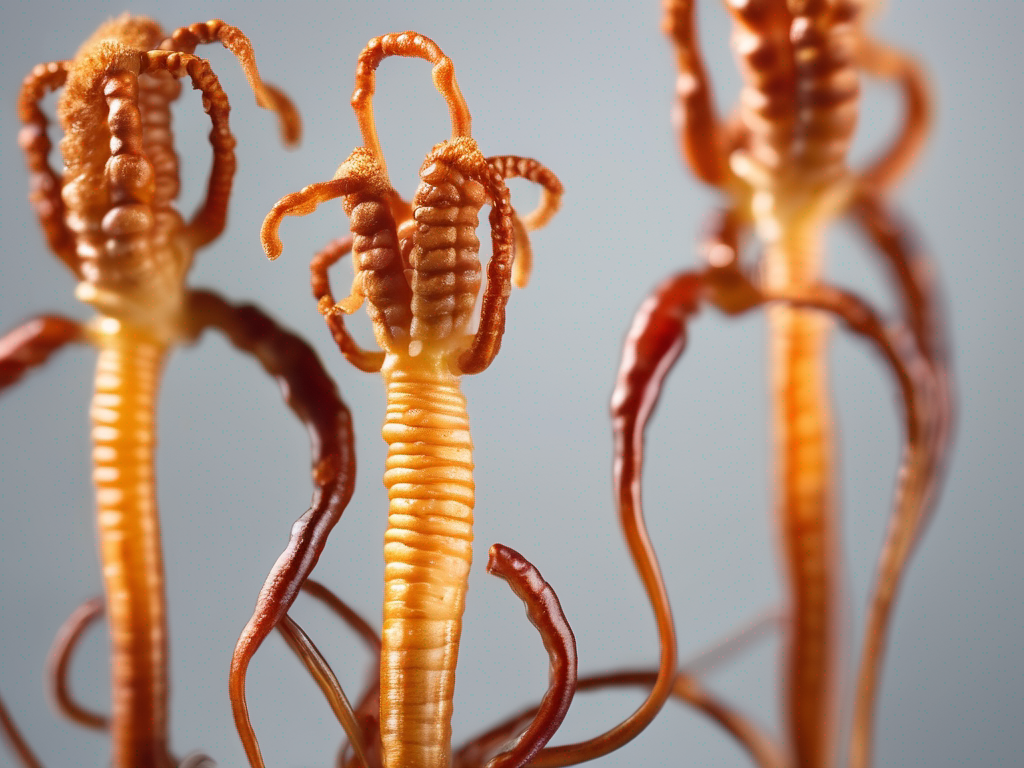
How to Tell if Your Cordyceps Mushroom Has Gone Bad
Get Your Free Food Safety Cheat Sheet
30 most common foods with instant answers. Print it and stick it on your fridge—completely free!
How to Tell if Your Cordyceps Mushroom Has Gone Bad
Cordyceps mushrooms are a unique and highly prized ingredient known for their potential health benefits. However, like any other food item, cordyceps mushrooms can go bad if not stored or handled properly. In this blog post, we will explore how to determine if your cordyceps mushroom has gone bad and provide you with practical tips for ensuring their freshness and safety. (Cordyceps mushroom)
Understanding Cordyceps Mushrooms
Cordyceps mushrooms are a type of fungi that grow on certain caterpillars in the wild. These mushrooms have been used in traditional Chinese medicine for centuries due to their potential medicinal properties. Cordyceps mushrooms are now also cultivated and sold in various forms, including dried and powdered.
Key Characteristics of Cordyceps Mushrooms:
- Texture: They are usually firm and slightly chewy.
- Color: Cordyceps mushrooms are typically dark brown or black in color.
- Aroma: They have a subtle earthy and slightly nutty aroma.
Signs Your Cordyceps Mushroom Has Gone Bad
It's essential to be able to recognize the signs that your cordyceps mushroom has gone bad to avoid consuming spoiled food. Here are some indicators that your cordyceps mushrooms may have spoiled:
1. Unpleasant Odor
If your cordyceps mushrooms emit a foul or sour smell, it is a clear indication that they have gone bad. Fresh cordyceps mushrooms should have a mild, earthy aroma.
2. Mold Growth
Visible mold growth on the surface of the cordyceps mushrooms is a definite sign of spoilage. Mold can spread quickly and contaminate the entire batch of mushrooms.
3. Slimy Texture
Fresh cordyceps mushrooms should have a firm texture. If they feel slimy or mushy to the touch, it is best to discard them as they have likely started to decompose.
4. Discoloration
Any significant changes in color, such as a gray or greenish hue on the mushrooms, indicate spoilage. Fresh cordyceps mushrooms should maintain their dark brown or black color.
5. Strange Taste
If your cordyceps mushrooms taste off or have a bitter or unpleasant flavor, it's a sign that they have spoiled and should not be consumed.
Proper Storage Tips for Cordyceps Mushrooms
To extend the shelf life of your cordyceps mushrooms and maintain their freshness, follow these storage tips:
- Store in a Cool, Dry Place: Keep your cordyceps mushrooms in a cool, dry place away from direct sunlight and moisture.
- Use Airtight Containers: Transfer dried cordyceps mushrooms to airtight containers or resealable bags to prevent exposure to air and moisture.
- Avoid Refrigeration: Unlike fresh mushrooms, dried cordyceps mushrooms do not require refrigeration. Store them at room temperature for optimal preservation.
- Check for Signs of Spoilage Regularly: Inspect your cordyceps mushrooms periodically for any signs of mold, discoloration, or unusual odors.
Conclusion
In conclusion, being able to identify the signs of spoilage in your cordyceps mushrooms is crucial for ensuring food safety and preventing potential health risks. By following the proper storage guidelines and regularly checking your mushrooms for any changes, you can enjoy the health benefits of cordyceps mushrooms while minimizing the risk of consuming spoiled food.
Remember, when in doubt, it's always best to err on the side of caution and discard any cordyceps mushrooms that show signs of spoilage. Your health and well-being are worth the extra effort in ensuring the freshness of your food. (Cordyceps mushroom)
Authoritative Food Safety References
These agencies and university labs inform every tip and health precaution we publish.
USDA FoodKeeper – Cold Storage Guidelines
Official refrigerator, freezer, and pantry timelines maintained by the U.S. Department of Agriculture.
Visit USDA FoodKeeperFDA Produce Safety Rule & Grower Guidance
Field-to-fridge handling practices that prevent contamination of fruits, vegetables, and leafy greens.
Visit FDA Produce SafetyCDC Foodborne Illness Prevention Hub
Surveillance-backed guidance on pathogens, symptoms, and steps to reduce foodborne illness risk.
Visit CDC Food SafetyUC Davis Postharvest Technology Center
University research detailing optimal storage atmospheres for produce after harvest.
Visit UC Davis PostharvestPenn State Extension – Home Food Preservation & Safety
Peer-reviewed extension bulletins on safe canning, chilling, and reheating practices.
Visit Penn State ExtensionGet Your Free Food Safety Cheat Sheet
30 most common foods with instant answers. Print it and stick it on your fridge—completely free! Want more? Upgrade to the complete guide with 70+ foods.
Scan your food directly and get instant safety info using our AI-powered camera feature.